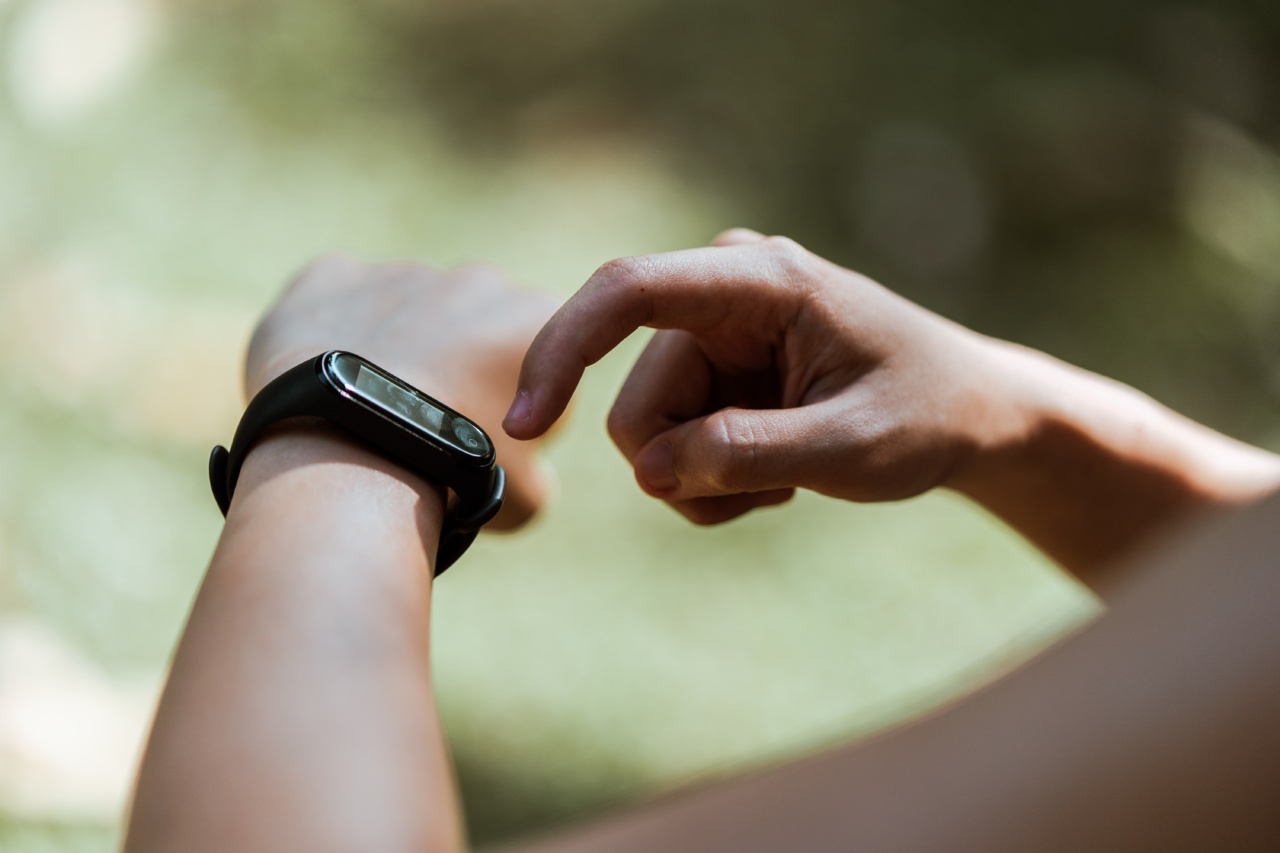For years, I struggled with poor cardiovascular health. Despite my efforts to maintain an active lifestyle and follow a relatively healthy diet, I always felt fatigued and had a difficult time keeping up with everyday activities.
After consulting with my doctor, I learned that my heart was not functioning at its optimal level. I was determined to find a solution that would improve my cardiovascular health and allow me to enjoy a better quality of life.
That’s when I discovered the workout that would change everything.
Discovering High-Intensity Interval Training (HIIT)
During my quest for a heart-healthy workout, I stumbled upon High-Intensity Interval Training (HIIT). It is a form of exercise that alternates between short, intense bursts of activity and brief recovery periods.
As I delved deeper into my research, I discovered that HIIT had shown significant promise in improving heart health and overall fitness levels.
The concept of HIIT is simple. By pushing your body to its maximum capacity for short intervals followed by periods of rest, you can achieve remarkable results in a short amount of time.
These intense bursts of activity increase your heart rate, forcing it to adapt and become stronger.
The Benefits of HIIT on Cardiovascular Health
As I began incorporating HIIT into my fitness routine, I noticed several incredible benefits that were transforming not only my cardiovascular health but my overall well-being as well.
1. Improved Heart Function
HIIT workouts challenge your heart to pump blood more efficiently, enhancing its overall function. Over time, this can lead to a stronger and healthier heart that can better handle physical exertion.
2. Increased Aerobic Capacity
HIIT exercises engage your body’s oxygen consumption capacity, allowing your muscles to work harder and utilize more oxygen. This leads to an increase in aerobic capacity, giving you improved endurance and stamina.
3. Lower Blood Pressure and Cholesterol Levels
Due to the cardiovascular nature of HIIT workouts, they are known to reduce blood pressure and cholesterol levels. This translates to a reduced risk of heart disease and better overall heart health.
4. Improved Insulin Sensitivity
Studies have shown that HIIT can significantly improve insulin sensitivity, allowing your body to use glucose more efficiently. This can be especially beneficial for individuals with diabetes or those at risk of developing the condition.
5. Enhanced Fat Burning
One of the remarkable benefits of HIIT is its ability to facilitate fat burning.
The intense nature of the workouts keeps your metabolism elevated even after you’ve finished exercising, leading to increased calorie and fat burning throughout the day.
6. Time-Efficient Workouts
In today’s fast-paced world, finding time for exercise can be challenging. HIIT workouts are typically shorter in duration than traditional cardio workouts while delivering comparable or even better results.
With just a few minutes of intense exercise a day, you can make significant progress towards improving your cardiovascular health.
My Personal HIIT Routine
After carefully considering different HIIT workouts, I developed a routine that worked best for me and my fitness goals. Here’s a breakdown of my weekly HIIT schedule:.
1. Monday: Sprint Intervals
I would start my week with sprint intervals. I would find a track or an open space, warm up for a few minutes, and then sprint at maximum effort for 20 seconds. After the sprint, I would walk or jog for 40 seconds to recover.
I would repeat this cycle for a total of 15 minutes.
2. Wednesday: Circuit Training
On Wednesdays, I would focus on circuit training. I would select a series of exercises such as jumping jacks, push-ups, burpees, and mountain climbers, performing each exercise for 30 seconds with a 15-second rest in between.
I would repeat the circuit three times, resting for one minute between each circuit.
3. Friday: Cycling Intervals
To add variety to my routine, I would hop on my stationary bike on Fridays. I would pedal as fast as I could for 30 seconds, followed by a 30-second recovery period of slower pedaling. I would cycle through this pattern for 20 minutes.
By alternating between these three workouts and allowing myself time to recover, I saw a significant improvement in my cardiovascular health. My energy levels increased, and I no longer struggled to keep up with daily tasks.
Remember to Consult with a Physician
Before embarking on any new exercise regimen, particularly if you have underlying health conditions, it’s essential to consult with your physician.
They can provide personalized guidance based on your current health status and ensure your safety throughout your fitness journey.
With the right guidance and dedication, HIIT can be a game-changer for your heart health. It’s never too late to start prioritizing your cardiovascular well-being and enjoying the benefits of an active and healthy lifestyle.





























